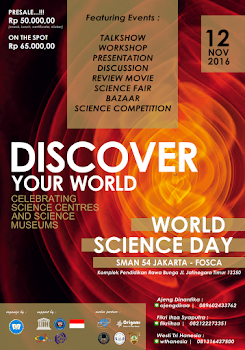Titan not only has an atmosphere it has hydrocarbon lakes, oceans, sand dunes and now research has just been published proving Saturn's moon is sparkling with electrical activity. Scientists are in general agreement that organic molecules, the precursors to life on Earth, are a consequence of lightning in the atmosphere. Now, using data from the Huygens probe that descended through Titan's atmosphere in 2005 and continued transmitting for 90 minutes after touchdown, Spanish scientists have "unequivocally" proven that Titan has electrical storms too. The presence of electrical activity in the atmosphere is causing much excitement as this could mean that organic compounds may be found in abundance on the Titan surface.
The fruits from the Cassini-Huygens mission are coming thick and fast. Only yesterday, Nancy reviewed the discovery of liquid hydrocarbon lakes by Cassini's Visual and Infrared Mapping Spectrometer (VIMS). Although possible lakes have been theorized, it is only now that there is observational proof of the existence of such features. Now, three years after the Huygens probe dropped through Titan's atmosphere, scientists have made another crucial discovery: Titan experiences electrical activity in its atmosphere. Now Titan has all the necessary components for life; it has an atmosphere with electrical activity, increasing the opportunity for prebiotic organic compounds to form, thus increasing the possibility for life to evolve.
According to Juan Antonio Morente from the University of Granada, Titan is already considered a "unique world in the solar system" since the early 20th Century when Spanish astronomer José Comas y Solá made the discovery that the Saturn moon had an atmosphere. This is what makes Titan special, it has a thick atmosphere, something that is not observed on any other natural satellite in the Solar System.
"On this moon clouds with convective movements are formed and, therefore, static electrical fields and stormy conditions can be produced. This also considerably increases the possibility of organic and prebiotic molecules being formed, according to the theory of the Russian biochemist Alexander I. Oparín and the experiment of Stanley L. Miller [who managed to synthesise organic compounds from inorganic compounds through electrical discharges] That is why Titan has been one of the main objectives of the Cassini-Huygens joint mission of NASA and the European Space Agency" - Juan Antonio Morente.
Morente and his team analysed data from Huygens' Mutual Impedance Probe (MIP) that measured the atmospheric electrical field. The MIP instrument was primarily used to measure the atmosphere's electrical conductivity but it also acted as a dipolar antenna, detecting the natural electric field. The MIP was therefore able to detect a set of spectral peaks of extremely low frequency (ELF) radio signals (known as "Schumann resonances"). These ELF peaks are formed between the moon's ionosphere and a huge resonant cavity in which electromagnetic fields are confined.
The detection of these signals have led the Spanish researchers to state that it is "irrefutable" evidence of electrical activity on Titan, not dissimilar to static charge that builds up in the terrestrial atmosphere, leading to electrical storms.
Source: Scientific Blogging
































0 komentar:
Posting Komentar